 https://reviveandshineaesthetics.com/wp-content/uploads/sites/17/2024/08/Header28.jpg
750
1500
bootcamp2017
https://reviveandshineaesthetics.com/wp-content/uploads/sites/17/2024/08/Revive-Logo-300x156.png
bootcamp20172025-03-23 11:49:122025-03-23 12:02:54Botox Aftercare: 10 things you need to know
https://reviveandshineaesthetics.com/wp-content/uploads/sites/17/2024/08/Header28.jpg
750
1500
bootcamp2017
https://reviveandshineaesthetics.com/wp-content/uploads/sites/17/2024/08/Revive-Logo-300x156.png
bootcamp20172025-03-23 11:49:122025-03-23 12:02:54Botox Aftercare: 10 things you need to knowDermaplaning Weston Super Mare

Dermaplaning in Weston Super Mare
If you are looking for Dermaplaning in Weston Super, Revive and Shine Medical Aesthetics can help.
What is Dermaplaning
Dermaplaning has emerged as one of the most sought-after treatments in the aesthetics industry, celebrated for its ability to rejuvenate the skin, enhance texture, and deliver a glowing complexion. Though relatively new in its current iteration, dermaplaning’s roots trace back to ancient practices of skin rejuvenation. This article explores the history of dermaplaning, its benefits in the field of aesthetics, and the scientific evidence supporting its efficacy.
Discovery and Development of Dermaplaning
Dermaplaning, as we know it today, is a non-invasive exfoliation technique that involves using a sterile surgical scalpel to gently scrape away dead skin cells and fine vellus hair (commonly referred to as “peach fuzz”) from the skin’s surface. Its modern iteration gained traction in the late 20th century, but the concept of physical exfoliation dates back centuries.
Originally, the ancient Egyptians and Romans practiced methods of Dermaplaning to improve skin texture using natural abrasives like pumice stones and fine sand. Records indicate that Cleopatra used various exfoliation techniques to maintain her legendary complexion.
The formalization of Dermaplaning can be credited to advancements in dermatology and aesthetic medicine in the 1970s and 1980s. Initially, the technique was primarily used as a preparatory step for facial treatments, such as chemical peels, as removing the outermost layer of dead skin cells allowed for better absorption of active ingredients. Over time, dermaplaning evolved into a standalone treatment, valued for its immediate results and minimal downtime.
What are the Benefits of Dermaplaning
1. Enhanced Skin Texture and Tone
One of the primary benefits of dermaplaning is its ability to refine skin texture and even out skin tone. By removing the stratum corneum (the outermost layer of dead skin cells), dermaplaning stimulates cellular turnover, leading to smoother and brighter skin. This process helps reduce the appearance of fine lines, acne scars, and hyperpigmentation.
2. Improved Product Absorption
Exfoliating the outer layer of the skin allows for better penetration of skincare products. According to a study published in the Journal of Clinical and Aesthetic Dermatology, enhanced absorption of active ingredients following physical exfoliation can significantly improve the efficacy of topical treatments, particularly those targeting anti-aging and pigmentation issues.
3. Non-Invasive and Low-Risk Procedure
Dermaplaning is celebrated for its non-invasive nature. Unlike chemical peels or laser treatments, which may require downtime and carry risks of irritation or hyperpigmentation, dermaplaning is safe for most skin types and tones when performed by a trained professional.
4. Temporary Removal of Vellus Hair
While the primary purpose of dermaplaning is exfoliation, the removal of vellus hair is an added benefit. By eliminating this fine hair, clients often experience a smoother makeup application and a polished look, making it especially popular among individuals preparing for special events.
5. Safe for Sensitive Skin
For individuals with sensitive skin or conditions like rosacea, dermaplaning can be a gentler alternative to chemical exfoliation methods. It provides the benefits of exfoliation without the risk of chemical irritation, making it an ideal option for clients who might not tolerate harsher treatments.
Evidence base for Dermaplaning
Enhanced Skin Renewal
Research underscores the efficacy of physical exfoliation in promoting cellular turnover. A study in Dermatologic Surgery demonstrated that physical exfoliation techniques, including dermaplaning, improve skin renewal by accelerating the shedding of dead skin cells. This process helps maintain the skin’s natural barrier function and enhances overall skin health.
Reduction of Fine Lines and Wrinkles
While long-term studies specific to dermaplaning are limited, the broader field of exfoliation supports its benefits in reducing fine lines. By promoting collagen production through the removal of dead skin cells, dermaplaning contributes to a smoother and more youthful appearance.
Benefits for Acne-Prone Skin
Contrary to concerns that dermaplaning might exacerbate acne, studies have shown that physical exfoliation can help prevent clogged pores by removing surface debris. However, dermaplaning is typically recommended for those with non-inflammatory acne, as it can irritate active breakouts.
Comparisons to Other Exfoliation Methods
Dermaplaning has been compared favorably to other exfoliation techniques, such as microdermabrasion. While both methods effectively remove dead skin cells, dermaplaning offers the added benefit of vellus hair removal. Additionally, it is less abrasive than microdermabrasion, making it suitable for a wider range of clients.
Misconceptions about dermaplaning
“Hair Grows Back Thicker”
One of the most persistent myths surrounding dermaplaning is the belief that vellus hair will grow back thicker or darker. However, this is a misconception. According to dermatological experts, hair regrowth is determined by genetics and hormonal factors, and dermaplaning does not alter these characteristics.
“It’s Only for Women”
While women make up the majority of dermaplaning clients, the treatment is increasingly popular among men seeking smoother skin and a polished look. Dermaplaning is a gender-neutral treatment that benefits anyone looking to improve their skin’s appearance.
Integration with Other Treatments
Dermaplaning is often combined with treatments like chemical peels or LED light therapy for enhanced results. By prepping the skin, dermaplaning allows other treatments to penetrate deeper, maximizing their effectiveness.
Popularity Among Celebrities
The rise of dermaplaning in the aesthetics industry has been fueled by endorsements from celebrities and beauty influencers. Public figures frequently credit dermaplaning for their flawless complexions, further driving its popularity.
Accessibility and Affordability
Dermaplaning is widely available at medspas, dermatology clinics, and aesthetic practices. Its affordability compared to more invasive treatments makes it an appealing option for individuals seeking visible results without breaking the bank.
Limitations and Considerations around Dermaplaning
While dermaplaning is generally safe and effective, it may not be suitable for individuals with active acne, eczema, or psoriasis, as the procedure can exacerbate these conditions. Consulting with a licensed professional is essential to determine if dermaplaning is appropriate for a specific skin type or condition.
Conclusion
Dermaplaning stands as a testament to the advancements in aesthetic medicine, offering a safe, effective, and minimally invasive way to rejuvenate the skin. Rooted in ancient practices of exfoliation, it has evolved into a modern staple in skincare, supported by scientific evidence and professional acclaim.
By enhancing skin texture, improving product absorption, and delivering immediate results, dermaplaning has cemented its place as a cornerstone treatment in the aesthetics industry. As research continues to explore its benefits and refine techniques, dermaplaning promises to remain a key player in the quest for radiant, healthy skin.
References
- Draelos, Z. D. (2011). “Exfoliation: Cosmetic and Dermatologic Principles and Practices.” Dermatologic Surgery, 37(3), 255–263.
- Grimes, P. E., et al. (2014). “Advances in the Treatment of Hyperpigmentation.” Journal of Clinical and Aesthetic Dermatology, 7(8), 13–17.
- Kligman, A. M. (1978). “The Biology of the Stratum Corneum.” Journal of Investigative Dermatology, 71(2), 70–82.
- Roberts, W. E. (2009). “Chemical and Physical Exfoliation in Skin of Color.” Skin Therapy Letter, 14(7), 5–7.
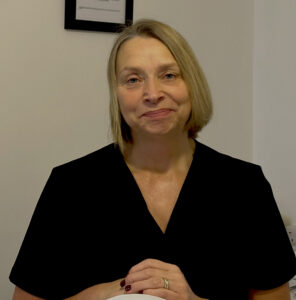
Helen – Aesthetics Nurse
As part of my own development as an aesthetics practitioner, I researched the most common aesthetic procedures for women and thought I’d share it on my blog.
The information I found is based on a general consensus of trends in the aesthetic and cosmetic industry, drawn from a variety of industry reports, surveys, and professional observations reported by organizations such as the British Association of Medical Aesthetic Nurses, British Association of Aesthetic Plastic Surgeons, and other cosmetic surgery and dermatology journals.
 https://reviveandshineaesthetics.com/wp-content/uploads/sites/17/2024/08/Header28.jpg
750
1500
bootcamp2017
https://reviveandshineaesthetics.com/wp-content/uploads/sites/17/2024/08/Revive-Logo-300x156.png
bootcamp20172025-03-23 11:49:122025-03-23 12:02:54Botox Aftercare: 10 things you need to know
https://reviveandshineaesthetics.com/wp-content/uploads/sites/17/2024/08/Header28.jpg
750
1500
bootcamp2017
https://reviveandshineaesthetics.com/wp-content/uploads/sites/17/2024/08/Revive-Logo-300x156.png
bootcamp20172025-03-23 11:49:122025-03-23 12:02:54Botox Aftercare: 10 things you need to know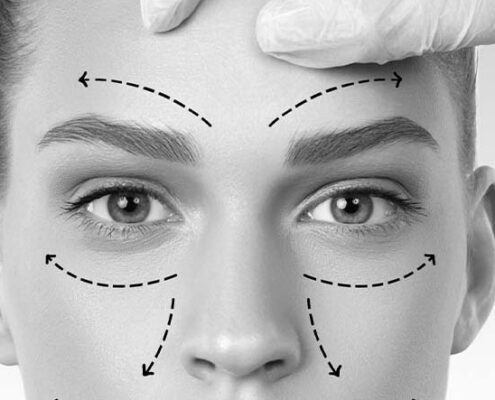 https://reviveandshineaesthetics.com/wp-content/uploads/sites/17/2024/03/feautre-image-dental-house-facial-aeshtetics-1.jpg
443
1000
reviveandthrive
https://reviveandshineaesthetics.com/wp-content/uploads/sites/17/2024/08/Revive-Logo-300x156.png
reviveandthrive2025-01-19 16:26:102025-01-19 17:37:44Non Surgical Facelift
https://reviveandshineaesthetics.com/wp-content/uploads/sites/17/2024/03/feautre-image-dental-house-facial-aeshtetics-1.jpg
443
1000
reviveandthrive
https://reviveandshineaesthetics.com/wp-content/uploads/sites/17/2024/08/Revive-Logo-300x156.png
reviveandthrive2025-01-19 16:26:102025-01-19 17:37:44Non Surgical Facelift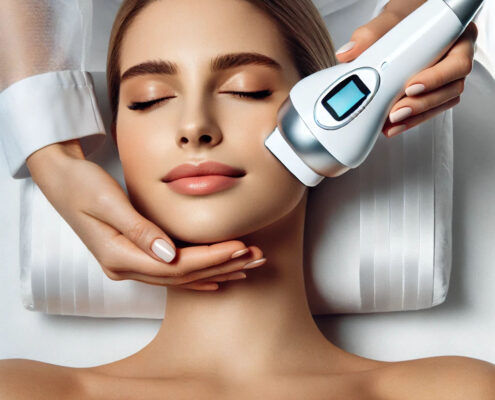 https://reviveandshineaesthetics.com/wp-content/uploads/sites/17/2025/01/HIFU-treatment.jpg
1024
1024
reviveandthrive
https://reviveandshineaesthetics.com/wp-content/uploads/sites/17/2024/08/Revive-Logo-300x156.png
reviveandthrive2025-01-19 13:16:272025-01-19 16:08:40Hifu Treatment
https://reviveandshineaesthetics.com/wp-content/uploads/sites/17/2025/01/HIFU-treatment.jpg
1024
1024
reviveandthrive
https://reviveandshineaesthetics.com/wp-content/uploads/sites/17/2024/08/Revive-Logo-300x156.png
reviveandthrive2025-01-19 13:16:272025-01-19 16:08:40Hifu Treatment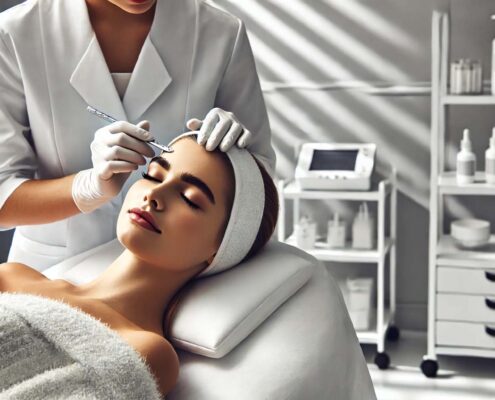 https://reviveandshineaesthetics.com/wp-content/uploads/sites/17/2025/01/dermaplaning-weseton-super-mare-compressed.jpg
1024
1792
reviveandthrive
https://reviveandshineaesthetics.com/wp-content/uploads/sites/17/2024/08/Revive-Logo-300x156.png
reviveandthrive2025-01-05 13:24:202025-01-05 14:28:17Dermaplaning in Weston Super Mare
https://reviveandshineaesthetics.com/wp-content/uploads/sites/17/2025/01/dermaplaning-weseton-super-mare-compressed.jpg
1024
1792
reviveandthrive
https://reviveandshineaesthetics.com/wp-content/uploads/sites/17/2024/08/Revive-Logo-300x156.png
reviveandthrive2025-01-05 13:24:202025-01-05 14:28:17Dermaplaning in Weston Super Mare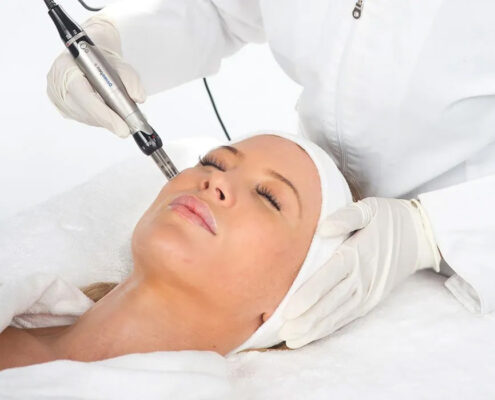 https://reviveandshineaesthetics.com/wp-content/uploads/sites/17/2025/01/Microneedling-treatment.jpg
700
900
reviveandthrive
https://reviveandshineaesthetics.com/wp-content/uploads/sites/17/2024/08/Revive-Logo-300x156.png
reviveandthrive2025-01-03 18:54:282025-01-18 08:45:37Microneedling in Weston Super Mare
https://reviveandshineaesthetics.com/wp-content/uploads/sites/17/2025/01/Microneedling-treatment.jpg
700
900
reviveandthrive
https://reviveandshineaesthetics.com/wp-content/uploads/sites/17/2024/08/Revive-Logo-300x156.png
reviveandthrive2025-01-03 18:54:282025-01-18 08:45:37Microneedling in Weston Super Mare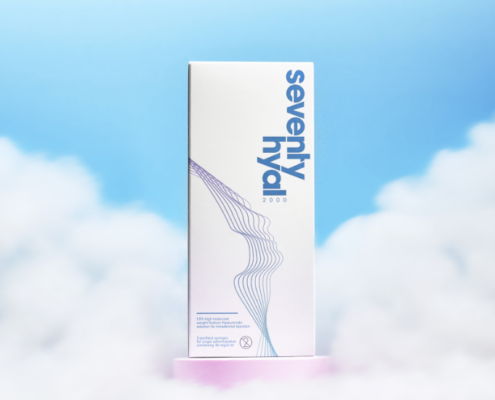 https://reviveandshineaesthetics.com/wp-content/uploads/sites/17/2024/12/Seventy-Hyal-Image-1.png
550
768
reviveandthrive
https://reviveandshineaesthetics.com/wp-content/uploads/sites/17/2024/08/Revive-Logo-300x156.png
reviveandthrive2024-12-08 16:11:022024-12-08 17:17:12Seventy Hyal
https://reviveandshineaesthetics.com/wp-content/uploads/sites/17/2024/12/Seventy-Hyal-Image-1.png
550
768
reviveandthrive
https://reviveandshineaesthetics.com/wp-content/uploads/sites/17/2024/08/Revive-Logo-300x156.png
reviveandthrive2024-12-08 16:11:022024-12-08 17:17:12Seventy Hyal https://reviveandshineaesthetics.com/wp-content/uploads/sites/17/2024/07/Helen-medium.jpg
750
1000
reviveandthrive
https://reviveandshineaesthetics.com/wp-content/uploads/sites/17/2024/08/Revive-Logo-300x156.png
reviveandthrive2024-12-08 15:09:562025-01-05 14:32:22Meet Helen
https://reviveandshineaesthetics.com/wp-content/uploads/sites/17/2024/07/Helen-medium.jpg
750
1000
reviveandthrive
https://reviveandshineaesthetics.com/wp-content/uploads/sites/17/2024/08/Revive-Logo-300x156.png
reviveandthrive2024-12-08 15:09:562025-01-05 14:32:22Meet Helen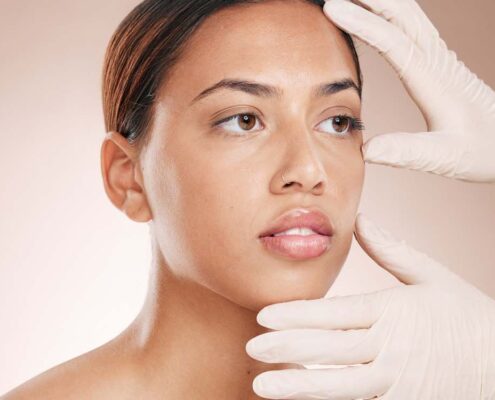 https://reviveandshineaesthetics.com/wp-content/uploads/sites/17/2024/08/Header9.jpg
750
1500
reviveandthrive
https://reviveandshineaesthetics.com/wp-content/uploads/sites/17/2024/08/Revive-Logo-300x156.png
reviveandthrive2024-12-08 10:50:592025-01-05 14:31:12Skin Boosters
https://reviveandshineaesthetics.com/wp-content/uploads/sites/17/2024/08/Header9.jpg
750
1500
reviveandthrive
https://reviveandshineaesthetics.com/wp-content/uploads/sites/17/2024/08/Revive-Logo-300x156.png
reviveandthrive2024-12-08 10:50:592025-01-05 14:31:12Skin Boosters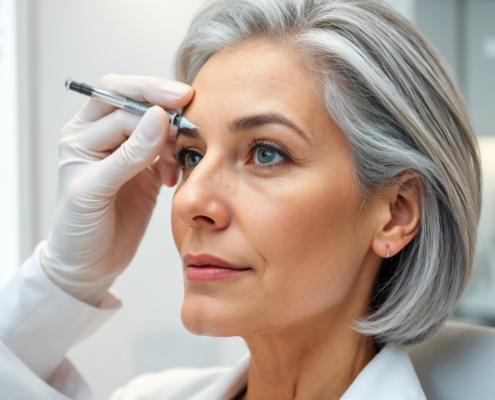 https://reviveandshineaesthetics.com/wp-content/uploads/sites/17/2024/08/maturewomanbotux.png
1024
1024
reviveandthrive
https://reviveandshineaesthetics.com/wp-content/uploads/sites/17/2024/08/Revive-Logo-300x156.png
reviveandthrive2024-10-20 15:50:442024-12-03 18:23:31Crepey skin
https://reviveandshineaesthetics.com/wp-content/uploads/sites/17/2024/08/maturewomanbotux.png
1024
1024
reviveandthrive
https://reviveandshineaesthetics.com/wp-content/uploads/sites/17/2024/08/Revive-Logo-300x156.png
reviveandthrive2024-10-20 15:50:442024-12-03 18:23:31Crepey skin